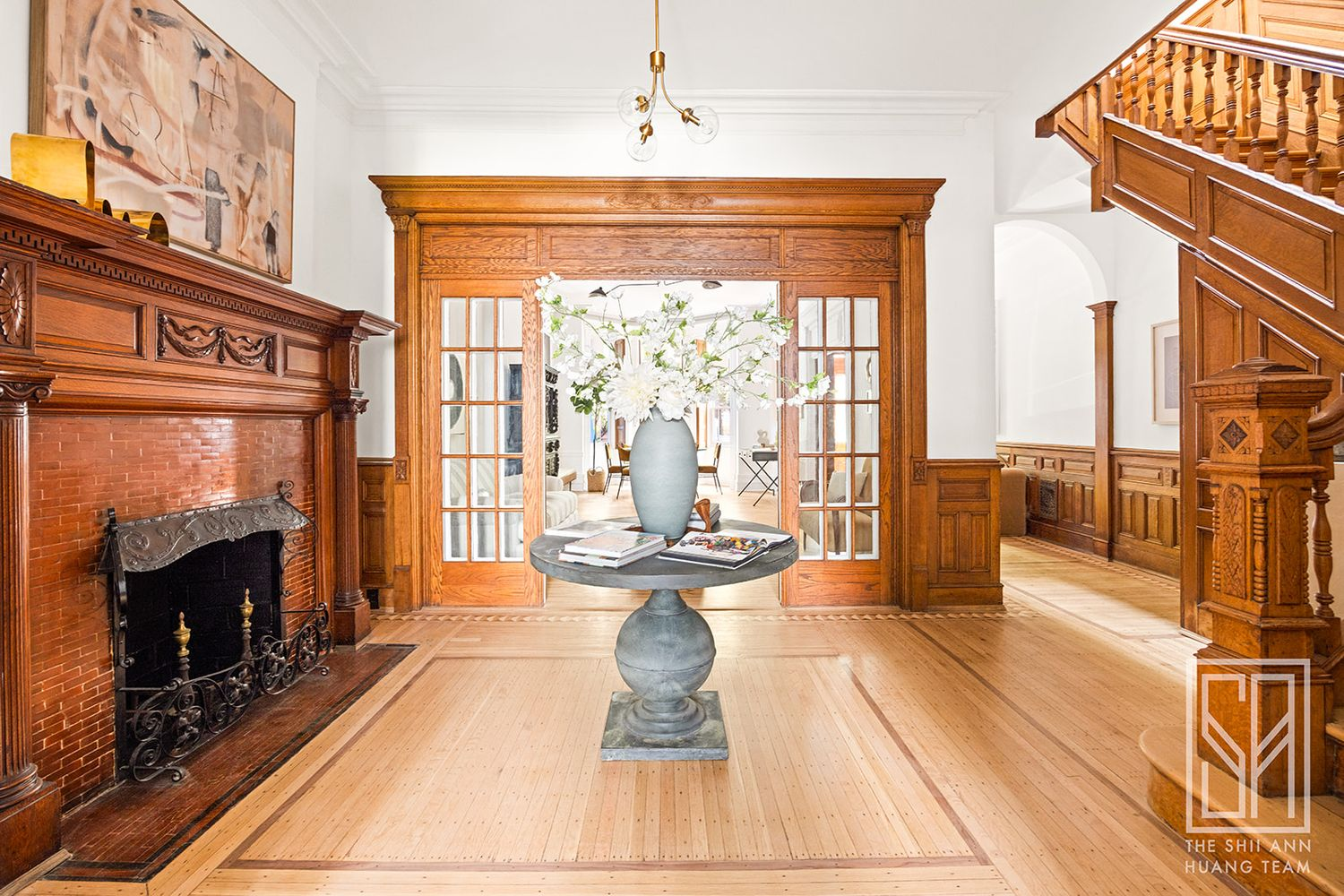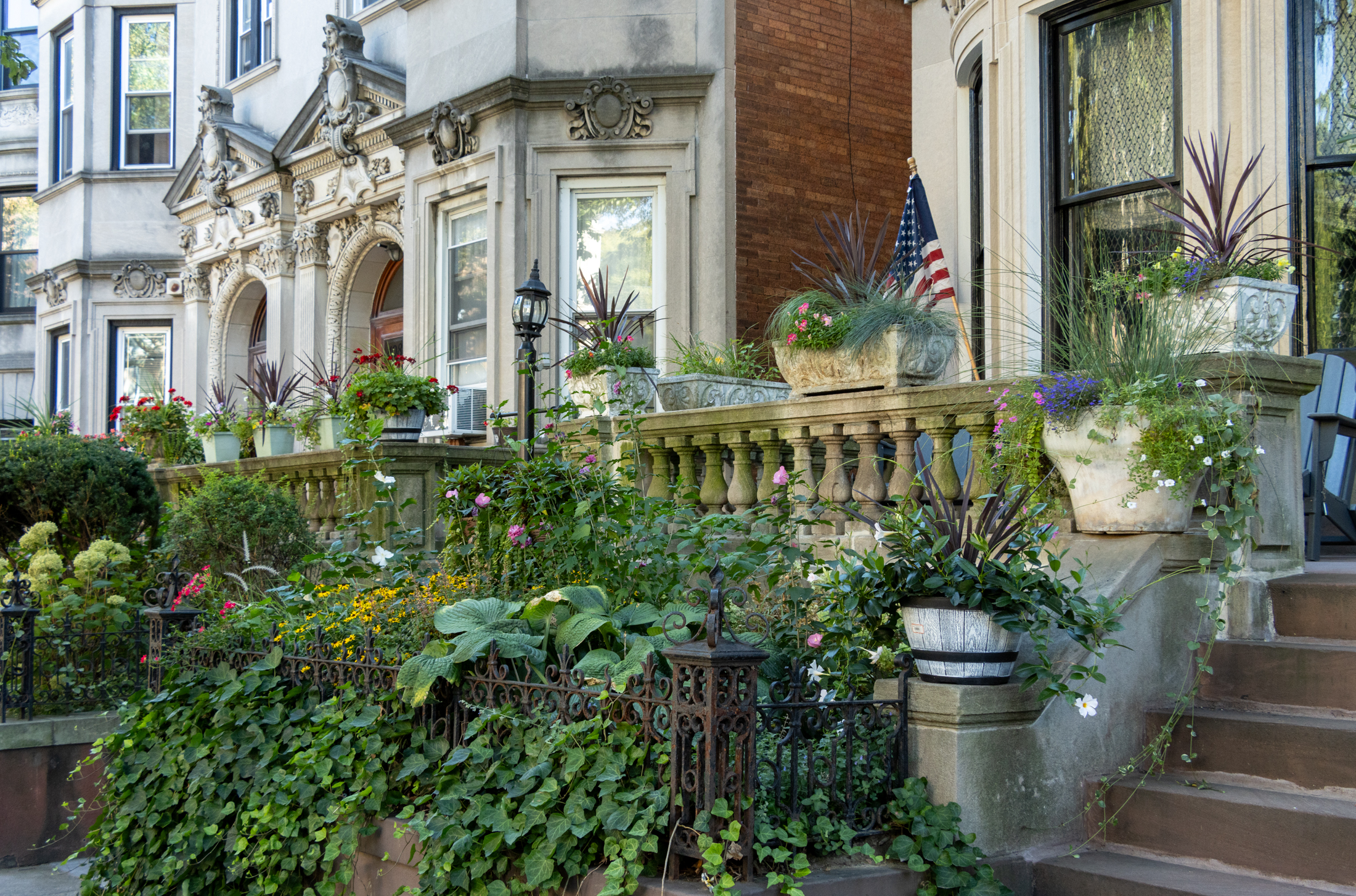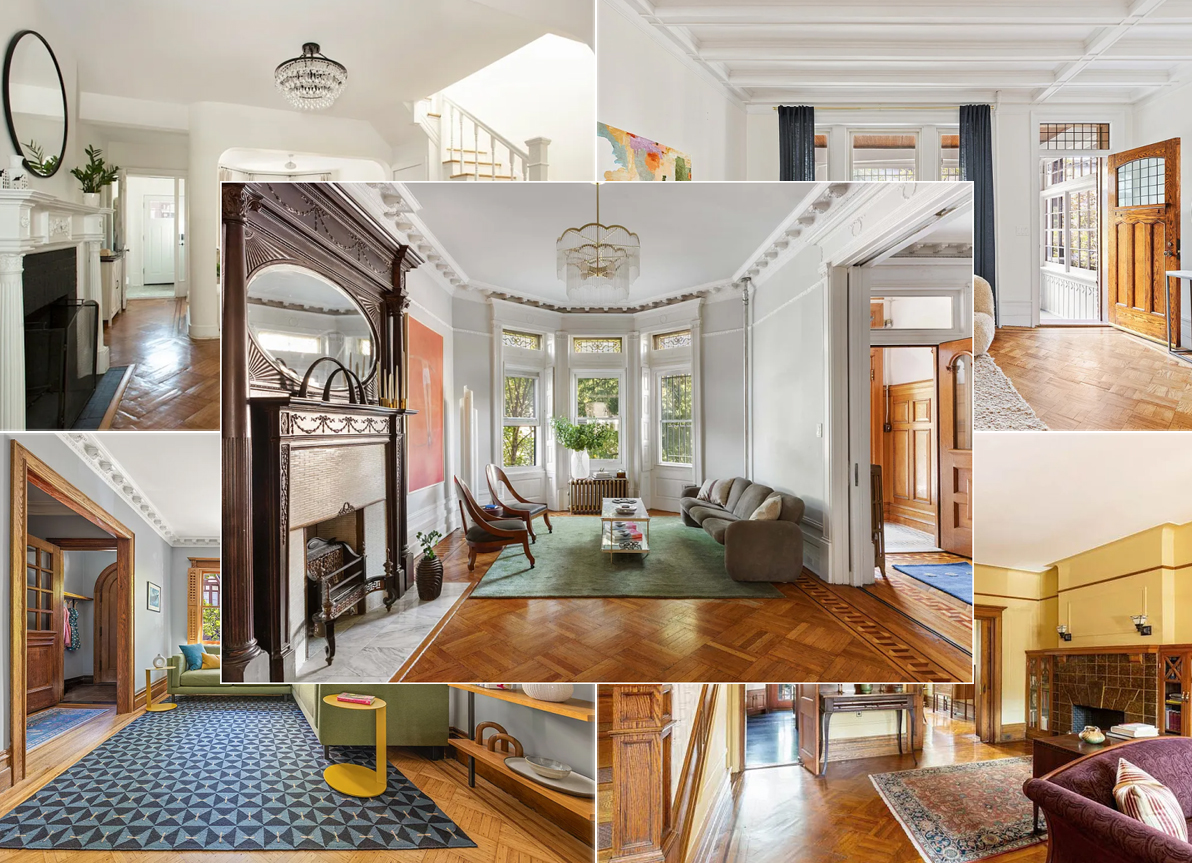Walkabout with Montrose: Standing at the Door
Since the day man figured out how to roll a stone in front of his cave from the inside, we’ve had doors. Doors are security, doors are defensible. A doorway is the passageway from the outside into someone’s home, someone’s business, someone’s house of worship. In obvious, practical terms, it’s how you enter the building….

 Since the day man figured out how to roll a stone in front of his cave from the inside, we’ve had doors. Doors are security, doors are defensible.
Since the day man figured out how to roll a stone in front of his cave from the inside, we’ve had doors. Doors are security, doors are defensible.
A doorway is the passageway from the outside into someone’s home, someone’s business, someone’s house of worship. In obvious, practical terms, it’s how you enter the building.
But let’s go psychological and metaphorical here for a moment. A door is also your first impression as to the interior of the building.
How that door looks, what it’s made of, the color, and the size, the hardware, the entire entranceway, all these elements also provide our subconscious with clues as to what the builder or owner would like you to think about them.
Are you meant to be impressed with wealth, status, piety, thrift, cleanliness, security, or conversely, a lessening of circumstance, sloth, carelessness, or worst, a lack of taste?
We speak of a doorway between life and death, the door to your heart. So, what does that door look like?
The photo essay today depicts some of the thousands of late 19th and early 20th century doors in Brooklyn.
Most are from row houses, some from churches, banks, apartment buildings, private houses and the final doors for some well-heeled people the mausoleum doors in Green-Wood Cemetery.
Some doors feature gorgeous hardware that costs a fortune to replicate today, some of it goes unrestored and unnoticed by their owners and tenants. Some have ornate glass or impressive ironwork, or fantastically detailed wood carvings.
Some doors are just massive, some hardly even noticeable in their elaborate framing. Some are classic, tall Victorian doors that instantly evoke a period feeling, others were deliberately designed to recall a far more distant time and place.

Like the other detailing and ornament in Brownstone Brooklyn, doors are beautiful examples of the philosophy and mindset of a society that valued beauty along with practicality. There are no Home Depot doors here – take a look.
Of course, every door doesn’t really always mean something, and every door does not mirror the circumstances of the inhabitants, especially today.
Sometimes you just take what’s given, and whether or not that door keeps intruders out becomes much more important than trumpeting one’s social status.

My horrible replacement, no style, heavy wooden door was put in place when my block resembled the OK Corral, something it no longer does. I understand that, and am glad that while it’s here, it’s still protecting my property.
But the minute I can, that door is landfill, and a more period appropriate door is going in, and the original dimensions of the doorway are going to be put back. I can’t wait.
I think my house will be happy, too. Like the architect who designed the house, I would like my door to say something more positive about me.


[Photos by Suzanne Spellen]





Benson, not all of these doors are from wealthy homes. Some are solidly middle class, I’ve got shots from what were, even back then, not the homes of the wealthy. A couple of the apt buildings, some of which I didn’t put on flickr, as I have at least twice as many photographs as shown, would have been considered even lower than middle class. They also had attractive wood or glass and iron doors. Point being, the mindset was different then. Beauty was as much a requisite as function.
While I certainly understand that Home Depot doors are cheaper than period or custom replacements, and that not everyone is aware of, can afford to replace, or cares about having a period appropriate door, that doesn’t mean I have to accept them as suitable substitutes. If I wanted to be ultra snarky, I could have shown about a hundred shots of HD style doors, 99% of which do their buildings no joy, they are, after all, everywhere. My intent was to celebrate original period doors, nothing more. My door wouldn’t even rate a Home Depot moniker, so I can’t throw stones. I know it’s expensive to replace them. That doesn’t mean I have to like them.
benson! Puhlease! Even in less expensive homes, there was pride of craftsmenship when these homes were built. I’ve been in tenement buildings that had beautiful wood panel doors- cheap for the period, maybe, and not fancy, but beautifully crafted and pleasing to look at. Home Depot sells mass produced doors, out of cheap materials, with very little regard or eye for design- this is not a “let them eat cake comment” it was a simple out and out factual comment.
In fact, even tenement buildings were not the fedders boxes of today. many of them had nice cornices, doorways and windows. There was always some design elements- it was the way things were done then. Look at how beautiful old factory buildings can be- the archways, the brickwork- that was the mindset of the time. And Home Depot (which both MM and I happily frequent) is not of that mindset.
i used to live in a loft building in tribeca where we kept the front door (and the entrance hallway that you could see through the glass) really beat up and grungy on purpose. that way no one would ever know that each residence was the opposite of beat up and grungy. not a single burglary since 1971 when it turned coop.
i’m with what here….
“It is a cheap shot to pick on “Home Depot” doors. For folks of modest means, these doors serve very well. I’m sorry, but the statement above has a sort of “let them eat cake” feel to it.”
benson, I see your point and also feel there is often a lot of condescension on this site about people doing mid or low-end renovations. However, I think in the context above, Montrose was simply making the Home Depot reference as an innocent comparison between today’s standard and common doors versus the gorgeous and ornate versions above – perhaps in a “they sure don’t make ’em like that” kind of way.
Thanks Montrose, interesting as usual!
I have lived in apartment buildings since college. Think that having a door that opened on to the street would take some getting used to again, if I were ever to buy a house.
Thank you, gorgeous photos and essay. I am obsessed with doors, and these are just beautiful.
“Like the other detailing and ornament in Brownstone Brooklyn, doors are beautiful examples of the philosophy and mindset of a society that valued beauty along with practicality”.
Montrose;
I have to pick a bone with you about this statement. What these doors and the other ornamentation of brwnstones deonstrate is the WEALTH of Victorian Brooklyn. It was a wealth that could lavish money on such ornamentation.
It is a cheap shot to pick on”Home Depot” doors. For folks of modest means, these doors serve very well. I’m sorry, but the statement above has a sort of “let them eat cake” feel to it.
Otherwise, great write-up, as usual.
Beautiful write-up and pictures, Montrose. Thank you.